Disclosure: This page may contain affiliate links. Please read my disclosure for more information.
Starting a subscription box business can be a great way to get your products or services in front of a large audience on a recurring basis. But how do you get started with all of this? I started my first subscription business several years ago and have learned so much. In this article, I’ll walk you through the steps you need to take to launch your own subscription box business.
1. What niche products should I sell?

The first step in starting any business is deciding what products you’re going to sell. For a subscription box business, this is especially important since your whole business model revolves around your boxes. Your subscription box business will deliver niche products on a recurring basis creating an experience for your customer.
You can personalize the boxes based on the type of customer you’re serving. Start by asking the following questions:
- What will you put in the subscription boxes?
- How often will the boxes be delivered?
- When will the boxes be delivered? (Anniversary, 1st or 15th of the month)
- What theme will they follow?
- What does the competition look like?
- How can you differentiate your product and brand.
Answering these questions will help you hone in on the type of subscription box business you want to start.
Subscription boxes promote new product discovery through the curation of a collection of items. For example, rather than buying an entire box of tea, a subscription box would allow you to try many different types of tea rather than purchasing the entire box of one tea.
Subscription Box Business Ideas
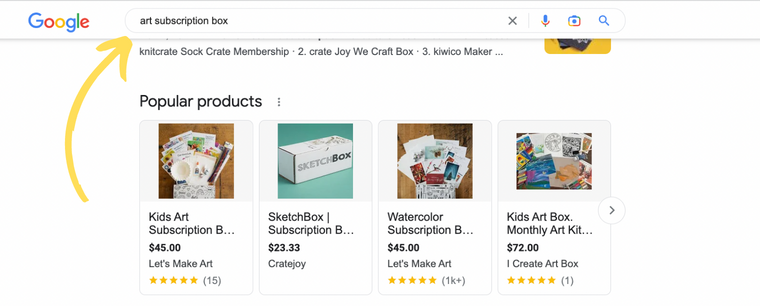
Subscription boxes can be filled with niche items for just about anyone and anything. You could focus on a subscription box for men, women, kids, dogs, cats, bunnies or the home. Here are just a few ideas for your subscription box business.
- Coffee or coffee and books,
- Tea,
- Treats and Snacks,
- Specialty Foods (Gluten free, Keto),
- Candles,
- Clothing,
- Yoga accessories,
- Jewelry,
- Crafts and Art supplies,
- Kids’ activities,
- Baking,
- Travel,
- Science experiments,
- Shaving supplies,
- Dog toys or treats,
- Plants or succulents,
- Baby or Toddlers,
- Prenatal, Postnatal or Pregnancy,
- Beauty boxes,
- Self-care,
- Vegan boxes,
- Pokemon,
- Handmade soap,
- Sewing,
- Socks,
- Fishing,
- Football,
- Chocolates,
- Beard grooming supplies,
- Puzzles,
- Date night,
- Cookies,
- Fitness,
- Spiritual,
- Stickers,
- Sauces,
- Flowers.
And the list goes on! Whatever there is a demand for and someone would need or enjoy receiving on a monthly or quarterly basis you can use for your subscription box model. Who doesn’t enjoy getting a surprise delivered to them every month!
Once you’ve decided on an idea, subscribe to boxes with similar products. This will help you with market research. You can test products and analyze the competition. This will help you find products you like and don’t like.
You’ll be able to experience first hand what works and doesn’t work with the products, packaging, pricing, delivery, and subsription boxes as a whole.
2. Choose a Subscription Model
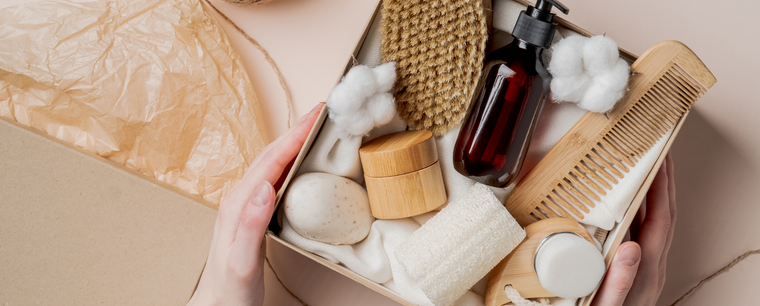
A subscription-based business model is a recurring revenue model where customers pay weekly, bi-monthly, monthly, quarterly, or yearly in exchange for your products. Once your customer subscribes they will have the option to renew on a regular basis and will typically stay subscribed until they choose to cancel or pause their membership.
The subscription model lets you as a business owner leverage the relationship you have with your customers to create a steady stream of income. Customers benefit through product discovery without commitment and having the surprise and excitement of something new every month.
There are advantages and disadvantages to each subscription model. Each month you could offer a single model or multiple versions of each box with tiered pricing. You can select the items for the subscriber or let them choose the items.
Single Model Subscription Boxes
A single-model subscription box is where you offer the same $15/mo subscription box every month. The price and the box does not change but the contents may change. You might offer the same amount of products with different varieties or flavors.
For example, if you have a $15/mo coffee subscription box, you could offer Box 1: one bag of light roast, Box 2: one bag of medium roast, or Box 3: One bag of dark roast.
The advantage of a single model is it’s simple and more cost-effective to get started for you as the business owner. You’ll need fewer products and styles in inventory. The disadvantage of a single model is the lack of options, lack of price points (no upsell), and product availability to customers.
Tiered Pricing Model
A tiered pricing model subscription box creates multiple boxes with varying levels of value. An advantage of the tiered pricing model is you can target more needs and wants and a wider range of demographics. A tiered pricing model can lead to an upsell opportunity and more revenue.
For example, the same coffee subscription box company could offer the $15/mo coffee but they could also offer a $25 box with two bags of coffee and a coffee cup. In addition, that same coffee company could offer
Each model has its own advantages and disadvantages, so it’s important to choose the one that makes the most sense for your customer and business.
A subscription box model for the right product, brand, and industry can be very worthwhile and lucrative.
3. Create Custom Packaging and Boxes
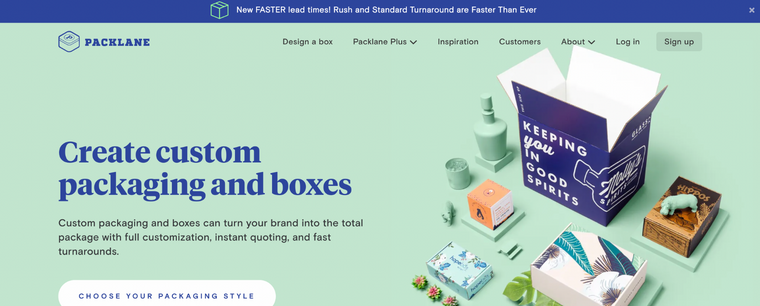
Once you know what you’re going to sell and how you’re going to sell it, it’s time to start creating your subscription boxes. This is where you’ll get to be creative and put your own personal touch on your business.
You’ll need to choose the size, style, and theme of your boxes, and start filling them with products that you know your customers will love.
You can design your own boxes using Canva or hire someone on Fiverr to do packaging design.
To print the boxes you’ll need a company that creates custom packaging and boxes. I personally used Packlane to create my subscription boxes. You’ll select your packaging style and the quantity you need. The more you purchase the lower the price per box. You can choose custom or stock sizes.
Depending on the products you choose to include in your boxes you can source them from local wholesalers or purchase them from a global marketplace like Alibaba.
Pricing is important when creating your subscription box. You’ll need to consider your competition if there is any, the cost and amount of items included and the value you’re providing. Be sure to account for shipping costs when designing your products and box.
4. Set Up a Subscription Management System
In order to actually start selling your subscription boxes, you’ll need a subscription management system in place. This can be as simple as using a service like PayPal or Stripe to process payments and manage customer information, or you may need something more robust if you plan on shipping boxes regularly.
I have an e-commerce site set up with Shopify, and I use a Shopify app called Bold Commerce to process the subscription boxes every month. Whichever route you choose, make sure you set up your system before launch so everything runs smoothly when customers start subscribing.
5. Promote your business
Once you have everything set up and ready to go, it’s time to start promoting your subscription box business. Create a website, use social media, email marketing, ads, and other channels to reach out to potential customers and get them excited about your boxes.
Starting a subscription box business can be a great way to get your products or services in front of a large audience on a recurring basis. But it takes some planning and preparation to get started. By following the steps outlined above, you’ll be well on your way to launching a successful subscription box business of your own.

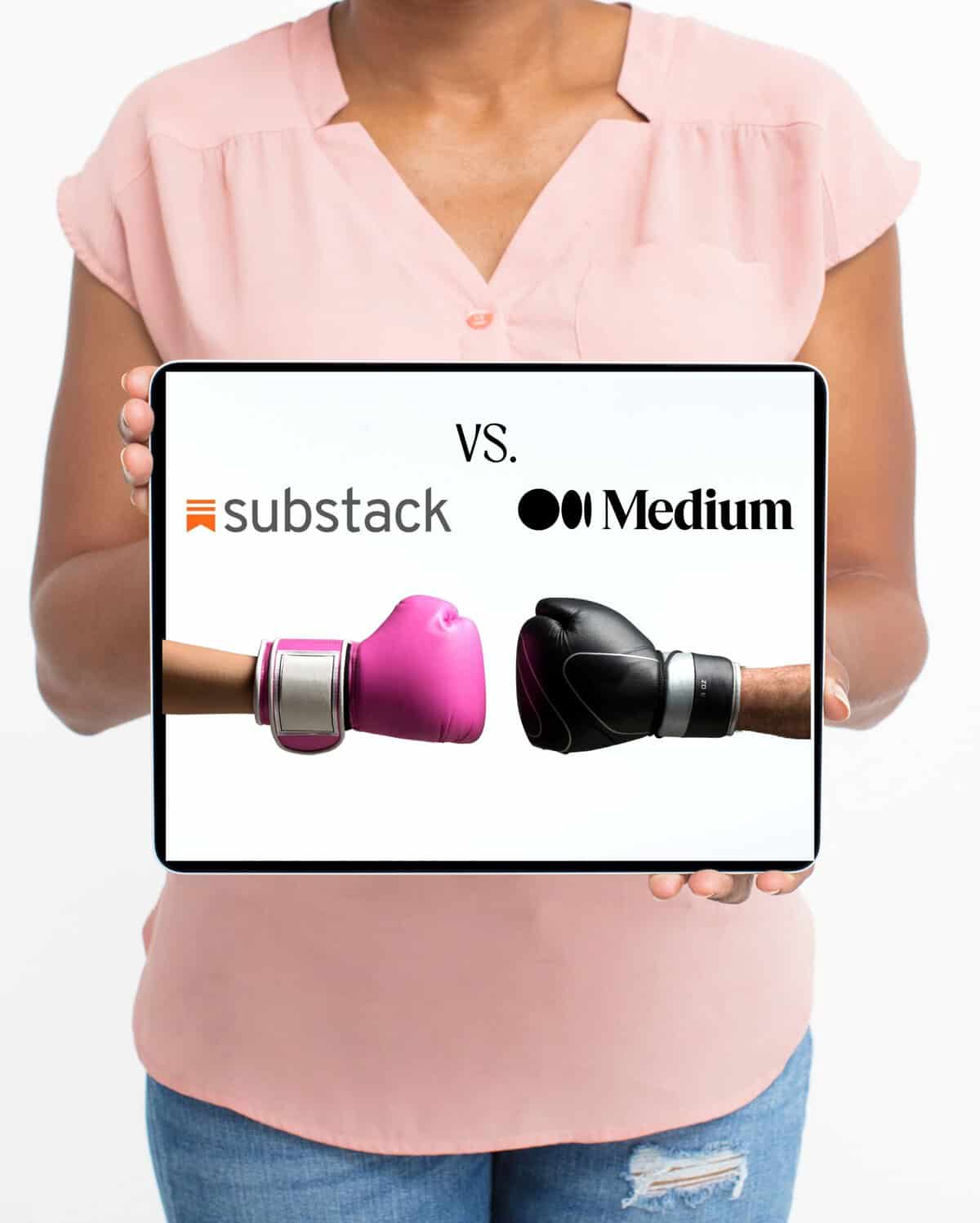
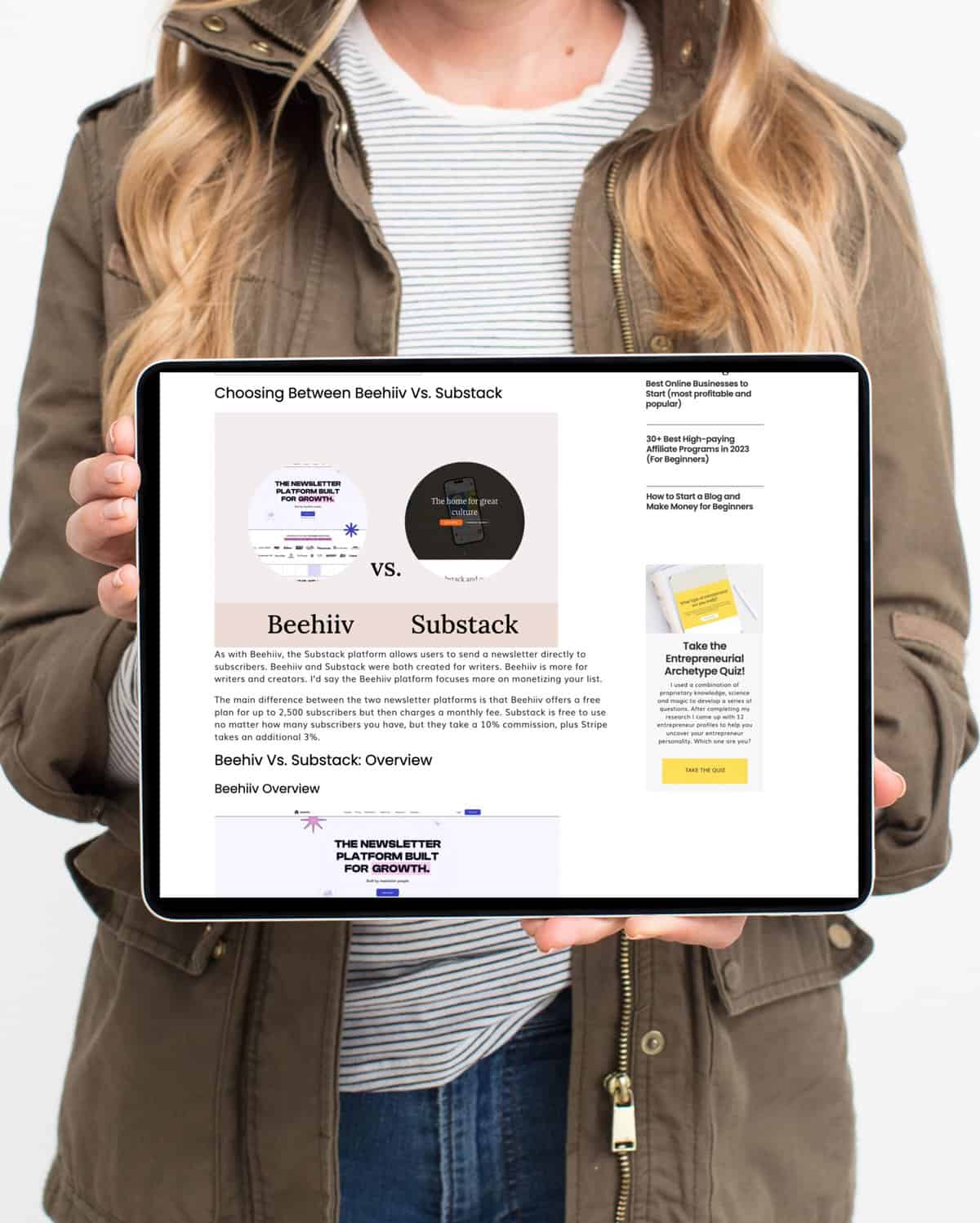


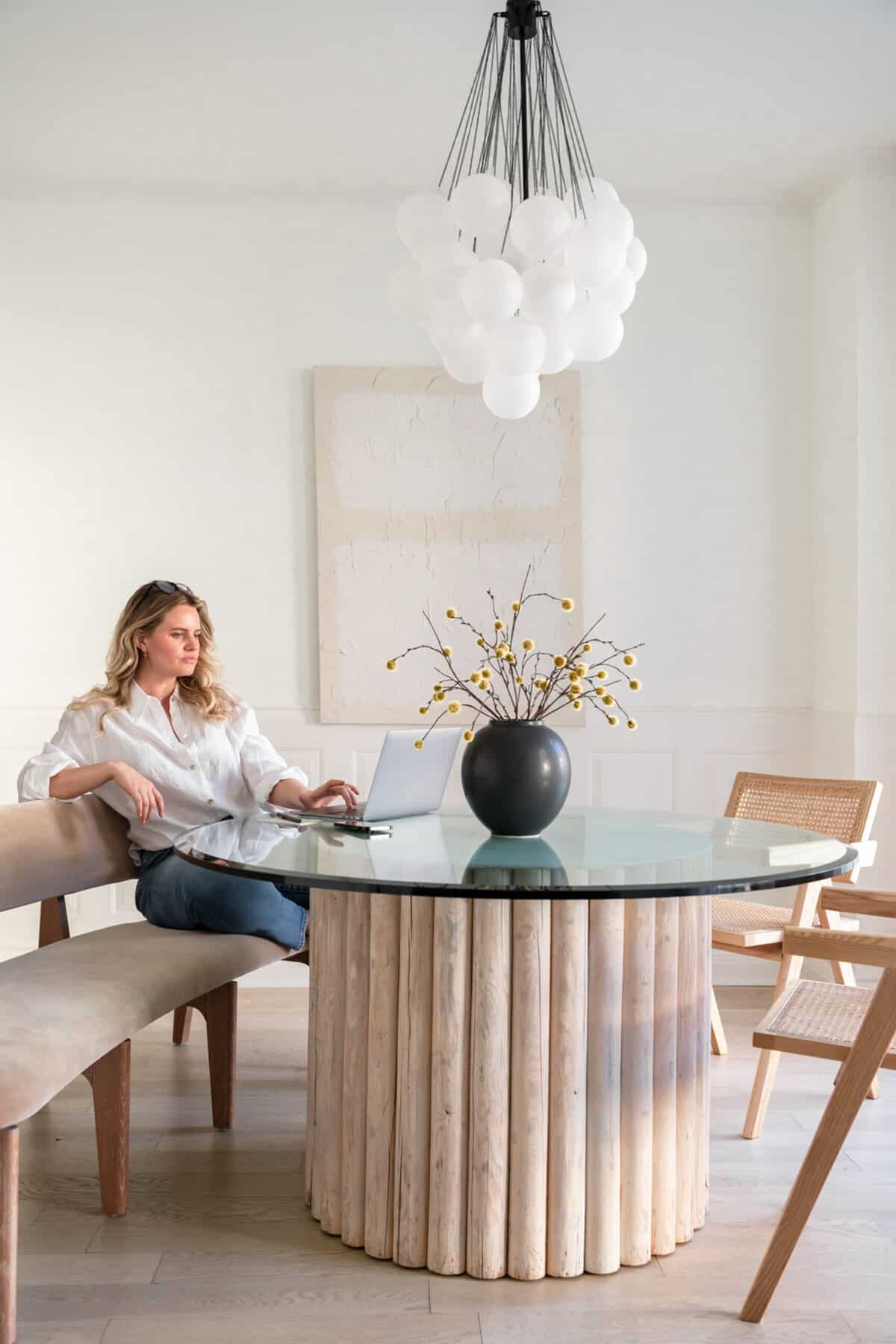

+ show Comments
- Hide Comments
add a comment